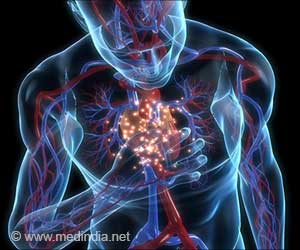Near-infrared therapy shows promise for treating brain injuries.

Light therapy administered through the skull was found to accelerate tissue recovery following mild traumatic brain injury (mTBI). ()
Their research, published in Bioengineering & Translational Medicine, indicates that this novel method could result in a new treatment option in an area of medicine that currently has few, if any, treatment options.
What is Traumatic Brain Injury
Traumatic brain injury (mTBI) results when the initial trauma of head injury is magnified by a complex set of inflammatory changes that occur in the brain. These secondary processes, which take place from minutes to hours after head injury, can dramatically worsen outcomes for patients.
The method invented by scientists at the University of Birmingham, U.K. and patented by University of Birmingham Enterprise aims to protect against this secondary damage, and stimulate faster, and better recovery for patients.
In the study, the Birmingham team, comprising researchers Professor Zubair Ahmed, Professor Will Palin, Dr. Mohammed Hadis and surgeons Mr. Andrew Stevens and Mr. David Davies, examined the effect of two wavelengths of near infrared light (660nm and 810nm) on recovery following injury.
The study in preclinical models used daily two-minute bursts of infrared light, delivered by a laser, for three days post-injury.
The findings showed significant reductions in the activation of astrocytes and microglial cells, which are heavily implicated in the inflammatory processes in the brain that follow head trauma, and significant reductions in biochemical markers of apoptosis (cell death).
At four weeks, there were significant improvements in performance in functional tests involving balance and cognitive function. The red light therapy also accelerated recovery compared to controls, with superior outcomes for light with a wavelength of 810nm.
Advertisement
The study builds on research published earlier this year which showed near infrared light delivered directly to the site of spinal cord injury both improves survival of nerve cells and stimulates new nerve cell growth.
Professor Ahmed, who led the study, said: “We want to develop this method into a medical device that can be used to enhance recovery for patients with traumatic brain or spinal cord injury, with the aim of improving outcomes for patients.”
Advertisement
The researchers are seeking commercial partners to co-develop the device and take it to market.
Reference:
- Photobiomodulation improves functional recovery after mild traumatic brain injury – (https://aiche.onlinelibrary.wiley.com/doi/10.1002/btm2.10727)
Source-Eurekalert



